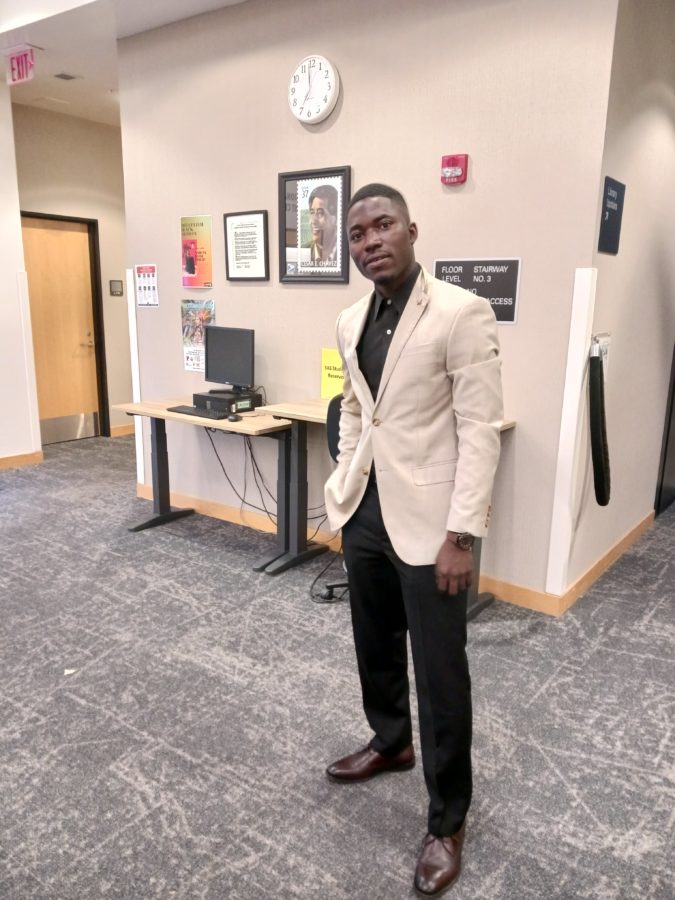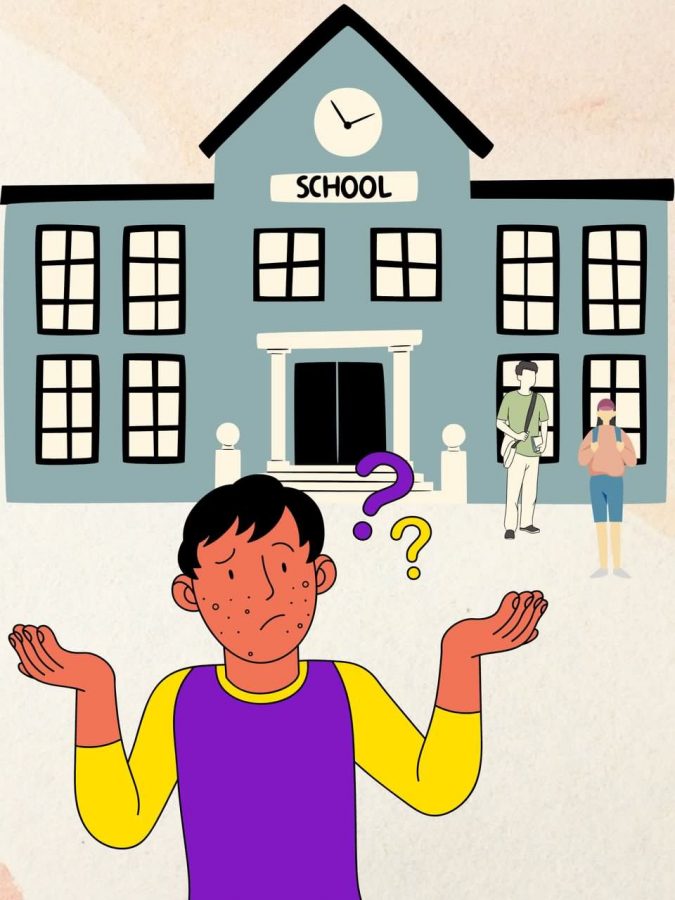 Though the school’s top priority is to educate, protecting students, faculty and staff is also very important.
Though the school’s top priority is to educate, protecting students, faculty and staff is also very important.
San Jose City College needs a better security system.
The lockdown incident during the fall 2012 semester at the Technology Center was a wake-up call about the inadequacies of security at SJCC.
Despite receiving the message about the gunman at 4:30 p.m., the notice from the campus police had not been sent until 5 p.m. For students in the Technology Center, it took them almost two hours waiting in the dark until the police came and escorted them out.
One of those reasons for this slow response could be the shortage of campus police officers, especially after 3 p.m. The San Jose Police Department was waiting for the campus police officers to search through other rooms, as the campus police are
the ones who have keys and know the campus terrain.
This incident certainly would have been handled much faster and easier if there were more campus police officers on campus.
Even though there are around 19 police officers in the San Jose/Evergreen Community College District, only two to three campus police officers are seen on campus.
Compared to Evergreen Valley College, SJCC has fewer campus police officers and fewer police office hours.
EVC always has police on campus seven days a week and even on holidays, Monday to Saturday, from 7 a.m. to 11 p.m.
Meanwhile, police office hours at SJCC are only from Monday to Friday, from 7 a.m. to 3 p.m.
“Provide police patrols and services whenever classes are in sessions as well as holidays and weekends,” is what is written on the district’s website about the Law enforcement Authority/Peace officer Responsibilities. However, it seems it has never been the case at SJCC.
Classes do not end at 3 p.m. at SJCC. Many students have very late classes until 9 p.m., or even 10 p.m.
Chris Chiodo, a Facilities Committee member, said in the committee’s meeting on Feb. 12 that she had once gone with a student to call campus police and it took 45 minutes for campus police to arrive.
The emergency emails and text messages service from the campus police is a great idea.
But not all students have a cell phone or computer at home. In addition to that, many rape cases occurred because the victims did not pay attention to their surroundings as much as they did to their phones. This solution is not completely effective.
The remaining solutions are payphones and those emergency phones, which were set up in various areas on campus.
Payphones at SJCC were removed last semester without any notification. Vice President of Administrative Greg Nelson wrote in an email that the cost for the payphones, as well as vandalism and disrepair, made it prohibitive to continue the service, so the school opted to remove phones for monentary and maintenance reasons.
Another sad thing about this removal is the fact that it is free to call 9-1-1 from a payphone. This is extremely helpful, and not many people seem to know this.
Unfortunately, the administration decided to remove the payphones without any notification or consulting with the Associated Student Government, or even asking them for funding to repair them.
As soon as the payphone at the library was removed, many students gave their complaints to the library staff, who were not responsible for the payphones.
Without payphones, reporting emergencies can be extremely inconvenient and even dangerous in emergencies, such as power outages or earthquakes, when cellphones may not work.
However, there is another way to contact the campus police in the crisis situation: red emergency calls. Those are in gray boxes that are located in a few areas on campus, and probably receive the least amount of attention from all students and faculty.
There are no additional signs or instructions to tell how to use the phones or at least tell passersby what they are. The phones are nearly invisible.
Shortage of police officers, payphone removals and practically invisible emergency phones, this should a big question mark for the security system at SJCC. Aren’t we ready for such mishaps?
We surely can expect our administration to do a better job than this to prepare the school for the worst-case scenarios.
With the passage of Proposition 30, the district, and our school particularly, get some weight off their shoulders.
The administration should spend some of this money from the state to improve the school’s security system.
They should hire more police personnel at the SJCC campus, extend their office hours to 9 p.m., install more lights and have a police team patrol around the parking areas, as those are the hot spots for rapes, robberies and assaults.
Opening another police office near the Technology Center and Science Complex, or at least moving the police headquarters to mid-campus as a compromise is also a must-do solution.
The Technology Center can be considered the most dangerous part of campus because it fronts the busiest street where most crimes normally occur.
Imagine if we had a police officer in the Technology Center during the lockdown last semester; the situation could have been so different.
The school also should hold more safety and security workshops and education events, such as Active Shooter on Campus, to educate students, faculty and staff about how to protect themselves in crisis and how to use emergency phone numbers and contacts.
During those workshops, the police should explain more about the red emergency phones around campus and at the same time set up more of those phones on campus.
For those students and faculty or staffs who do not use cell phones, the solution is payphones. It is a free and instant phone in the emergencies.
Students and teachers should be enjoying an environment where they can learn and teach without any fear.
Let’s keep SJCC safe.






